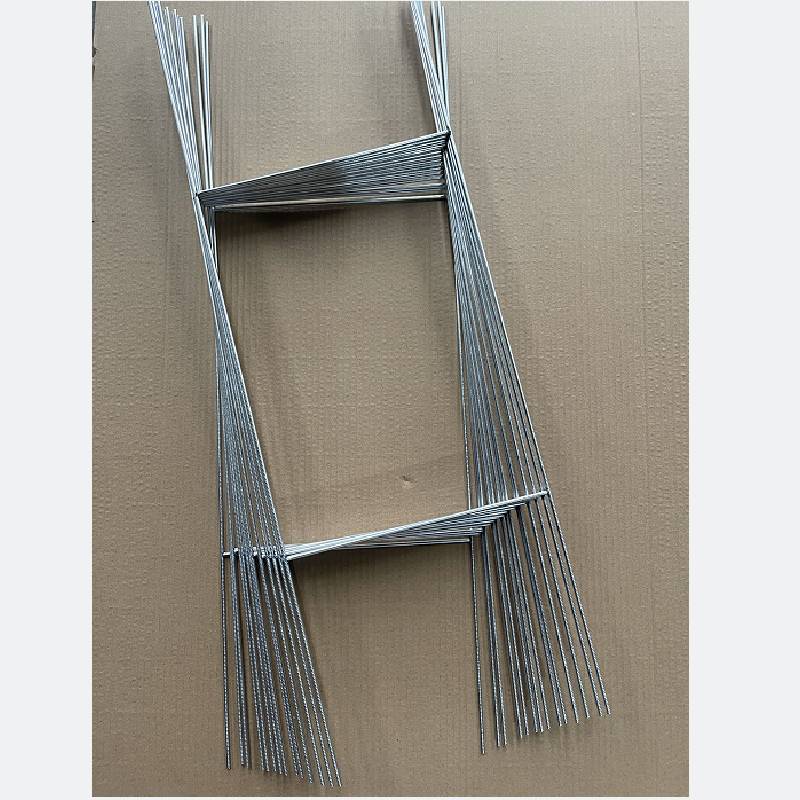
- Mobile Phone
- +8613931874955
- sales@cntcmetal.com
Double Brick Wall Connection Methods for Enhanced Structural Integrity and Stability
The Importance of Double Brick Wall Ties in Construction
In the realm of construction and masonry, the integrity and stability of structures are paramount. Among the various components that contribute to this stability, double brick wall ties play a crucial role. These ties are essential for ensuring that brick walls maintain their strength and durability over time, especially in buildings designed to endure various environmental stresses.
What are Double Brick Wall Ties?
Double brick wall ties are metal connectors used to link two layers of brick or masonry. The function of these ties is to bond the outer leaf of a brick wall to an inner leaf or to structural elements such as concrete or steel. By doing so, they enhance the overall stability of the wall system and minimize the risk of structural failure. Typically, these ties are made from materials such as stainless steel or galvanized steel, which provide excellent resistance to corrosion and ensure a long-lasting connection.
The Role in Structural Integrity
The primary purpose of double brick wall ties is to provide tensile strength to brick walls, preventing them from swaying or collapsing under various forces. Walls are susceptible to lateral loads caused by wind, seismic activity, and even the weight of the materials themselves. In regions prone to strong winds or earthquakes, the importance of these ties becomes even more pronounced. The ties effectively distribute these stresses across the walls, allowing them to perform better under challenging conditions.
Additionally, double brick wall ties help control cracking that may occur due to differential movement between the inner and outer walls
. As buildings settle or as temperatures fluctuate, the different materials can expand and contract at different rates. Wall ties help mitigate this issue by allowing slight movements without compromising the structural integrity of the wall.double brick wall ties

Installation Practices
Proper installation of double brick wall ties is vital to achieving their intended benefits. The spacing and orientation of the ties must comply with local building codes and standards, which typically recommend a specific frequency of ties based on the height and design of the wall. For instance, ties are often installed at vertical intervals of 600 mm and staggered horizontally to ensure optimal support. Proper embedding into both layers of brickwork and avoiding any gaps are critical factors that contribute to the effective performance of wall ties.
Moreover, the choice of the right type of tie is significant. While double brick wall ties are commonly used, there are other forms of ties specifically designed for various applications. For example, adjustable ties might be preferable in certain situations to accommodate different wall thicknesses or shapes.
Conclusion
In summary, double brick wall ties are indispensable components in modern masonry construction. They significantly contribute to the structural integrity and longevity of buildings by linking two layers of bricks, helping to withstand lateral forces, and controlling movement between different masonry elements. As construction practices continue to evolve, the use of reliable materials and adherence to proper installation standards remain crucial in the effectiveness of double brick wall ties.
Investing in quality wall ties and ensuring they are installed correctly not only enhances the safety and resilience of buildings but also provides peace of mind to property owners and stakeholders alike. As we strive for safer and more durable construction methods, the role of such essential components cannot be overlooked.
share:
-
Why Sacrificial Formwork Is Redefining Underground ConstructionNewsJun.06,2025
-
The Structural Dynamics of Modern Concrete: How Snake Spacers Revolutionize Flexible ReinforcementNewsJun.06,2025
-
Snake Spacers Smart-Lock Concrete Reinforcement with Surgical PrecisionNewsJun.06,2025
-
Snake Spacers: Reinforcement Precision for Modern Concrete ProjectsNewsJun.06,2025
-
Snake Spacers Powering Concrete's Structural DNANewsJun.06,2025
-
Slither into Success: Snake Spacers' Precision Bite for Unbreakable ReinforcementNewsJun.06,2025
-
Sacrificial Formwork: Building Stronger, Faster, and Safer StructuresNewsJun.06,2025



















